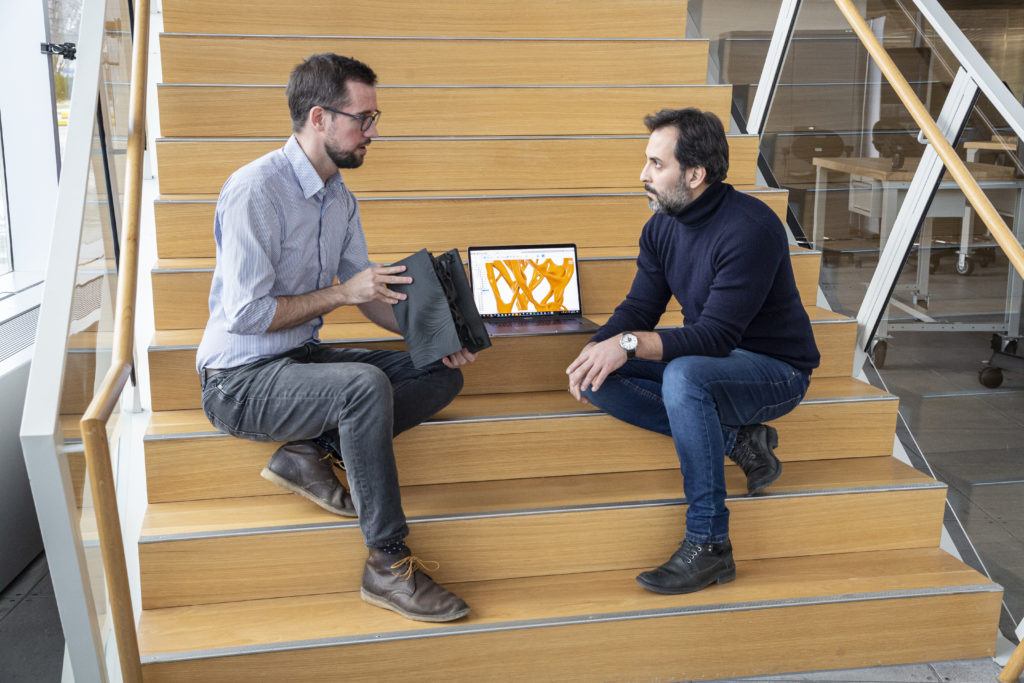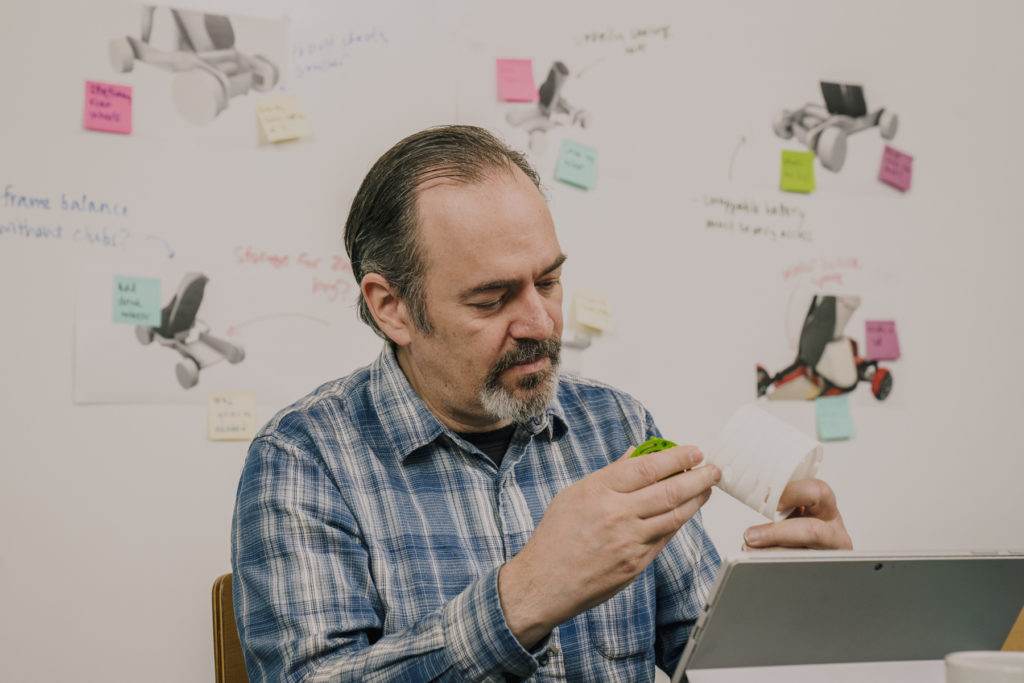& Construction

Integrated BIM tools, including Revit, AutoCAD, and Civil 3D
& Manufacturing

Professional CAD/CAM tools built on Inventor and AutoCAD
3 min read
Introducing new team members can be a tricky process, no matter the industry. When you work to build your team in a technical field, it can seem substantially more difficult–getting folks up to speed on protocol and projects, evaluating expertise, and even adapting to a dynamic team culture in multiple locations can seem like an impossible task. Unfortunately, teams are asked to do it all the time. And, while the initial transition period can be rocky, it ultimately leads to better work and a more functional team. In the end, it’s all about your approach.

For new team members, a process is an essential part of successful onboarding. When we start at a new company that doesn’t have it together, we feel it–the chaos and confusion surrounding everything from HR formalities to our first design tasks. To eliminate this, make sure you have a process firmly in place that begins when you interview candidates and extends well beyond that. Outline things like paperwork, expectations, milestones, company contacts, etc., and put it together in a tangible form for new industrial designers.
Formal onboarding has real benefits. In a 2018 study, companies with a structured onboarding process experiences employees who were more productive, happier, and more satisfied with company leadership. These employees were more likely to stay with the company 50% higher, which is a win for both employee and employer.
New industrial design teammates will likely enter into your organization with a lot of industry knowledge, but they won’t know actual people. Whether your team is scattered across the world or sits around a single table, taking time to connect as a team is beneficial to everyone and every stage.
Schedule a time each week, taking care to navigate timezones, to get together a net meeting or even phone and touch base both personally and professionally. Update each other, solve pain points, and ask how each other’s weekend went. Not only will this increase your efficiency as a team, but it will empower your new designers and set them up for success.

If you have a new team member joining amid a project, they’re going to have a few questions. Assuming you’ve kept accurate and thorough documentation through every step of the project, this shouldn’t be a problem–but often, we fail to maintain a precise record of each project step. Luckily, we’ve got technology on our side, and a plethora of tools (more on that later) to help track even the most complicated projects. And, while designs created digitally may be easier to maintain as a project file, we can’t forget about the notes, brainstorming sessions, and hand-drawn sketches that play an essential role in the process of industrial design. Each component is essential and must be maintained to ensure new team members have access to the full picture.
New employees often feel like dead weight in the early stages of employment, which affects their performance. By setting them up to succeed, you build their confidence, familiarize them with team and product processes that are essential, and allow them to demonstrate their expertise to the rest of your team.
Smaller design tasks or projects can be a great way to let new designers show off what they can do and what they’ve learned, building their confidence while positively contributing to the work of the team–a win-win!

Proper equipment goes a long way toward ensuring a seamless team, so properly equipping existing and new industrial designers is crucial to full team integration. With software like Fusion 360, which helps users communicate, analyze, and ultimately create before the prototyping stage, industrial designers stay organized and on task during design exploration and beyond. Based in the cloud, Fusion 360 also allows designers to work together, keeping the latest version accessible to everyone and facilitating communication throughout the design process, whether a designer helped complete initial sketches or showed up this morning.
Seamless onboarding takes some serious effort, but it always pays off. Everyone on your team can benefit from Fusion 360, but are you still not implementing it? Download Fusion 360 free today.
By clicking subscribe, I agree to receive the Fusion newsletter and acknowledge the Autodesk Privacy Statement.
Success!
May we collect and use your data?
Learn more about the Third Party Services we use and our Privacy Statement.May we collect and use your data to tailor your experience?
Explore the benefits of a customized experience by managing your privacy settings for this site or visit our Privacy Statement to learn more about your options.